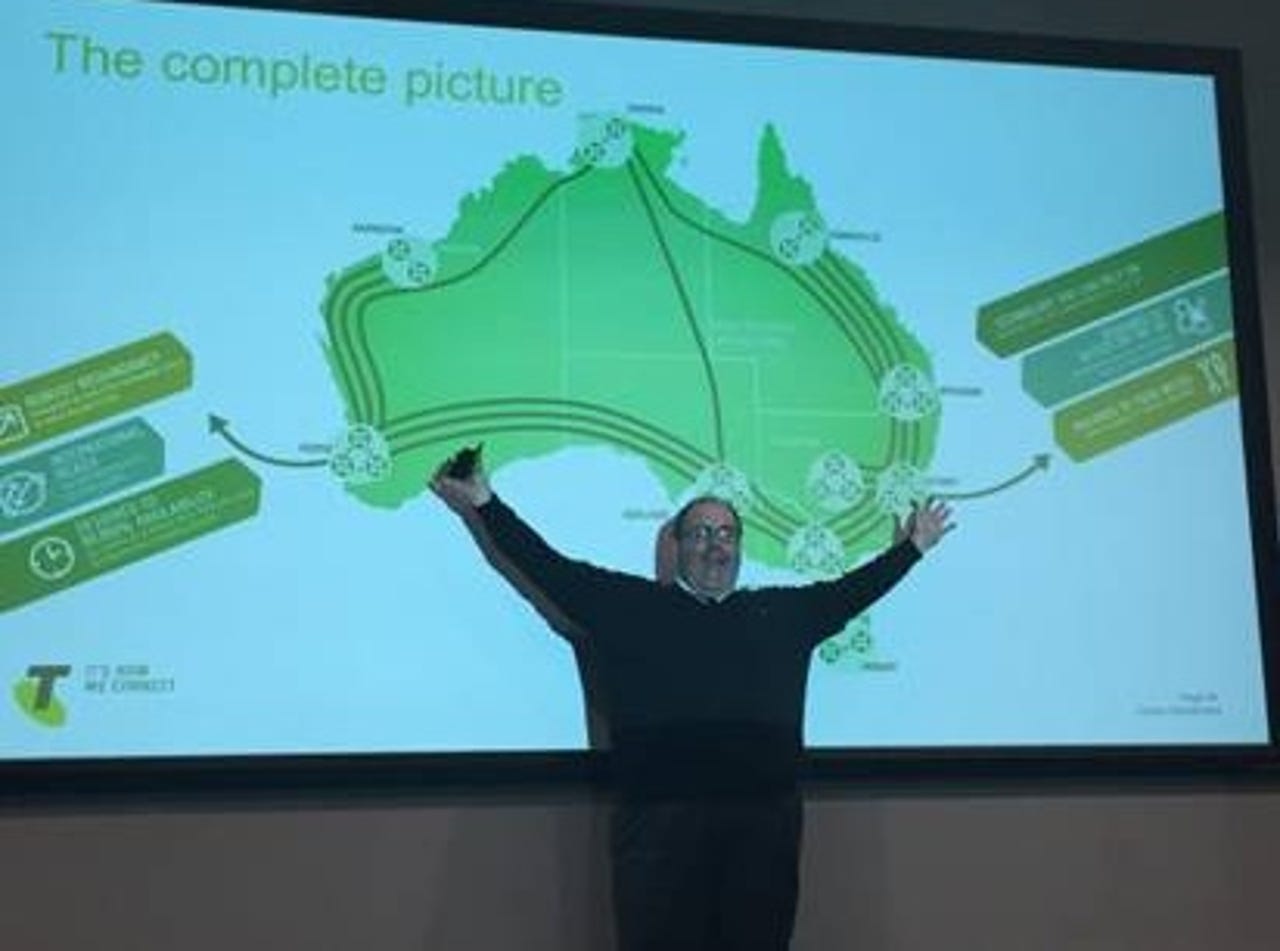Mr Telco, make sure the lights don't go out.
We survived the Y2K "bug", and prospered in an era of already emerging VPN technologies. This was supported by a general willingness in the telecommunications space, to invest in the next big shift in the networking space.
Frame Relay and ATM had their time in the sun, and with our customers looking for something just as reliable and secure but more flexible - enter private IP networks.
I would love to say I was a young product manager leading the development of Telstra's private IP networks portfolio during this time, but let's just say I was a fair bit "younger" than I am today.
It was a time of competing Request For Comment (RFC) "standards" for Internet Protocol Virtual Private Networks, supported by the likes of Nortel and Cisco with dark horses in the market, such as Juniper who started to emerge at this time.
The internet was - as it is today - a Wide Area Network (WAN) alternative. Customers couldn't put their business applications in the hands of a non-performance assured, unmanaged network infrastructure, with security a prevailing concern.
There was a lot to be learnt in this storm of trying to pick a winner - including "don't trust god boxes" - but more than anything we were reminded of the criticality of applications to a business.
Yes Mr Telco, provide greater flexibility, intelligence etc but for heaven's sake, please make sure the lights don't go out - LIKE EVER! It's my business at risk here.
What is old often seems new again, and as many now marvel at Virtualised Network Function (VNF) I wonder if it is really all that different to VR. Network as a Service (NaaS) also sounds a bit like the Public Switch Telephone Network (PSTN), but the foundation of these evolutions remains the same. An enterprise data network, carrying applications that are the lifeblood of the business, has to be reliable, resilient and secure.
Telstra has invested heavily in our Next IP network to expand from 16 core routers with dual path inter-capital diversity in 2007 to 26 locations with tri-path diversity extending to Townsville and Darwin.
Close to 7,000 customer VPNs, including Telstra's own enterprise network, are carried via this infrastructure which many now consider a national asset of critical importance not only to Telstra's business performance, but dare I say it, to Australia's GDP.

So, the picture represents in many ways I feel about the last 20 years of my career. Our engineering teams have architected a network to 99.999 percent availability which over time we have overlaid, without compromise, the "basic" packet prioritisation of class of service all the way through to our world leading Application Assured Networking (AAN) capability.
In my upcoming blogs I will try and refrain from more historical reflections (unless asked to reminisce) and discuss what now excites me as we move in Telstra from the leading provider of reliable, resilient and intelligent networks to the market leader of adaptive and dynamic network solutions.
The feature sets might indeed sound a little similar (eg. QoS, Bandwidth, Firewalls, WAN Optimisation, DPI etc) but the massive shift in how we deploy and make available these, and other features to our customers (and their applications) could not be more different and will introduce some new terms/acronyms including SDN, NFV/VNF and SD-WAN.
I will try not to outline, nor get excited about from control planes being disconnected/removed from data planes (I will leave that for the tech rags and the conference circuit) but try to focus on what this all means for who is on the end of the WAN and what I think it important to them, our customers and their applications.
Read more on networking on the Next Generation Data Centre.
Go to Telstra Exchange for more network information.